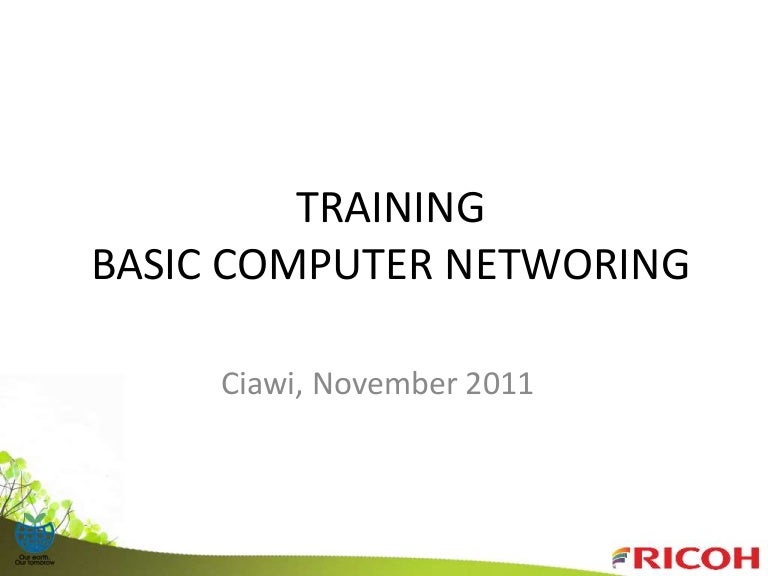
- Visual basic power pack 10.0.0.0 how to#
- Visual basic power pack 10.0.0.0 install#
- Visual basic power pack 10.0.0.0 software#
Visual basic power pack 10.0.0.0 software#
They wrote some software that accesses as many websites as it can and creates an index of keywords that might refer to each site. Button, Label, Textbox, Common ControlsSomeone could help me?I can, I'll take the smug route.Ī decade or so ago some really smart people got a great idea.From VB6 to VB.NET with the Microsoft.VisualBasic.Simple and advanced Conditional Experssions.This article was originally written by The VB Programmer. (Making the correction shown here is an "exception to the rule" – you do not normally want to modify the form's Designer.vb file.) The remedy here is, on the circled line, change "OvalShape1" to "myOval".Īfter you have made any necessary corrections, you may want to toggle "Show All Files" back off as a safeguard against inadvertently modifying the designer files and other files that you would normally not edit. As you can see in the screen-shot below, "myLine" and "MyRec" are fine, but "myOval" is wrong – the designer did not set the Name property to my new name. To ensure the designer "got them all right", you can click the "Show All Files" button on the Solution Explorer, and then open the ".Designer.vb" file of your form. If you refer to one of the misnamed controls in your code, a run-time error will most likely occur. However, the form designer may "miss" a control or two, and internally retain the default name (like " OvalShape1") even though you see the name you gave the control ( myOval in this case) on the property sheet. In the screen above, the shape controls were named myLine, MyRec, and myOval.
Visual basic power pack 10.0.0.0 how to#
However, if you will be referring to the control in code (as is done in the Tic-Tac-Toe application, for example), then you need to be aware of the bug and how to fix it. If you are using the shape controls purely as GUI elements and will NOT be referring to the control in code, then this issue is of no concern. The bug has to do with the Name property. There is a bug, acknowledged by Microsoft, with the shape controls. You can then add the controls to your form as you would any other control: Check the items using the checkboxes on the left and click OK.Īt this point the controls will be added to the toolbox: Back on the Choose Toolbox Items dialog, click on the Namespace column to sort the components by Namespace, and scroll down until you see the items. Navigate to Program Files\Microsoft Visual Basic 2005 Power Packs\3.0 and double-click on. Click the Browse button:Ī standard Open dialog box will appear. The Choose Toolbox Items dialog box will appear. The way to do this using other editions may vary slightly, but the concept is the same.įirst, open up VB, right-click in an empty area of the toolbox, and select Choose Items. The information given below shows how you would incorporate the power pack controls into your VB toolbox using VB 2005 Express Edition. At that point you will then be ready to add the controls to your VB toolbox.
Visual basic power pack 10.0.0.0 install#
Once you download the power pack from the page shown above, install it as you would any other software. To get the power pack, go to this web page (a screen-shot of the page is shown below):


The PrintForm component will be demonstrated in the tutorial on forms and the shape controls will be used in a number of upcoming tutorials and sample applications. The DataRepeater control would be used in a database application to display rows of data in a scrollable container. The PrintForm component enables you to easily print an image of your form. NET you would have to use the System.Drawing class and write code to draw a simple shape on your form). The shape controls enable you to enhance your form's layout by simply dropping one of these controls on the form (in earlier versions of. Included in the power pack are the basic shape controls (line, oval, and rectangle), a PrintForm component, and the DataRepeater control. VB6) but removed in the first versions of VB.NET (2002 / 2003). The Microsoft Visual Basic Power Pack 3.0 component adds back to VB (versions 2005 and higher) a set of controls that were available in pre-.NET versions of VB (i.e.

This tutorial gives some examples of these controls and how you can make use of them when developing great Visual Basic.
:max_bytes(150000):strip_icc()/PowerScooterBergman650profile-56a648f05f9b58b7d0e0ce29.jpg)
Starting in 2005 Microsoft released a Power Pack which gives VB.NET access to many great components that VB6 users where used to such as: Shapes, DataReader, PrintForm, etc.


 0 kommentar(er)
0 kommentar(er)
